Horticulture
-
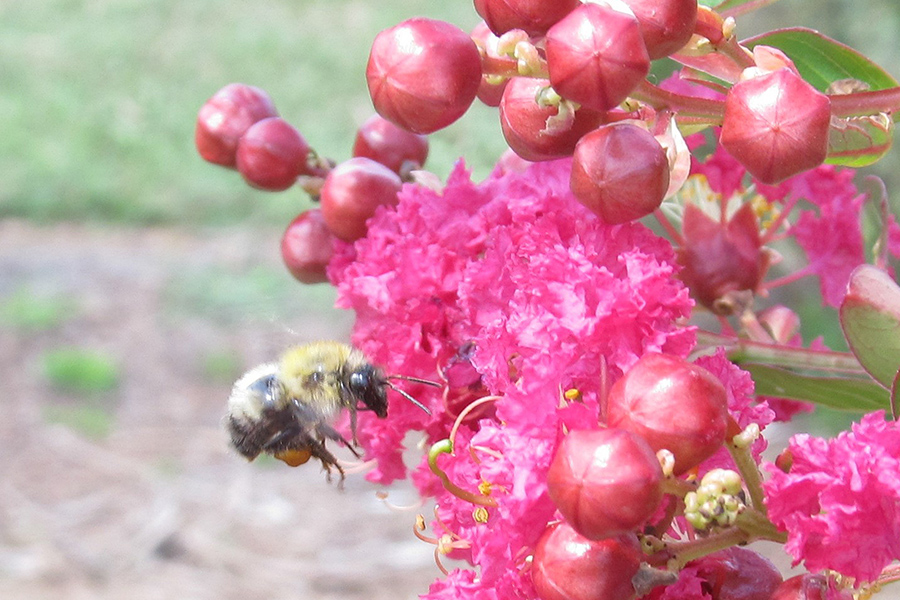
Crape myrtles, Lagerstroemia spp., are popular landscape shrubs and small trees. Native to China, Japan, and Korea southward to Oceania, crape myrtles have been cultivated in the U.S. for more than 175 years. Cultivars range from 3-ft shrubs to 30-ft-tall trees, and they are graced with large panicles of white, pink, lavender, purple, red, and many colors in between. Among cultivars, crape myrtles have a wide range of tolerance to key pests and diseases, such as powdery mildew, flea beetles, crape myrtle aphids, and Japanese beetles. The plant’s flowers are widely admired by humans and can serve as nectar and pollen sources for pollinators. With the recent decline in pollinator health and diversity, pollinator visitation, pest susceptibility, and horticultural attributes should all be considered when choosing crape myrtle cultivars for home and commercial landscapes.
S. Kris Braman, Bodie V. Pennisi, and James C. Quick
|
-
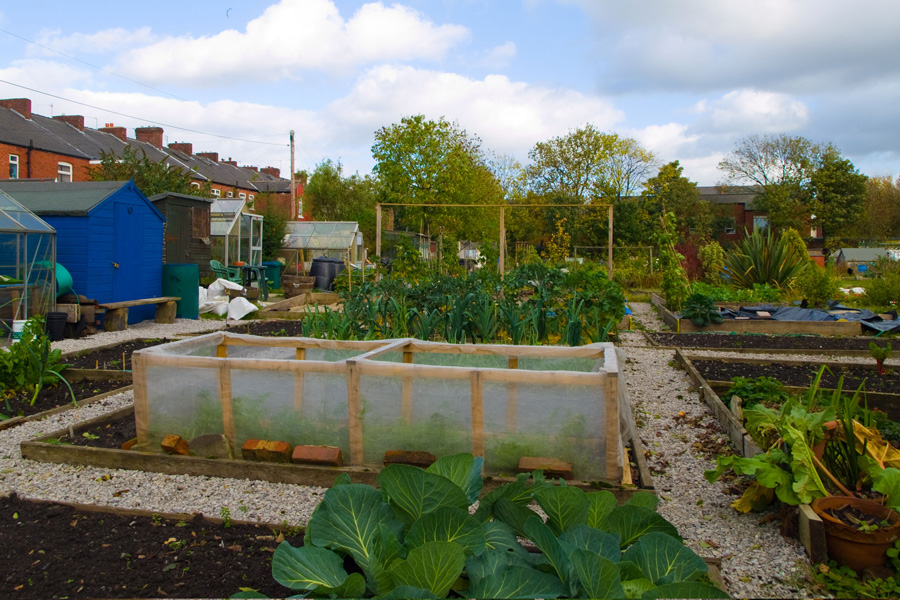
Community gardening involves cultivating people and relationships, as well as the soil. This resource provides guidance and suggestions that will help you create a successful community garden.
Bob Westerfield and Ellen M. Bauske
|
-
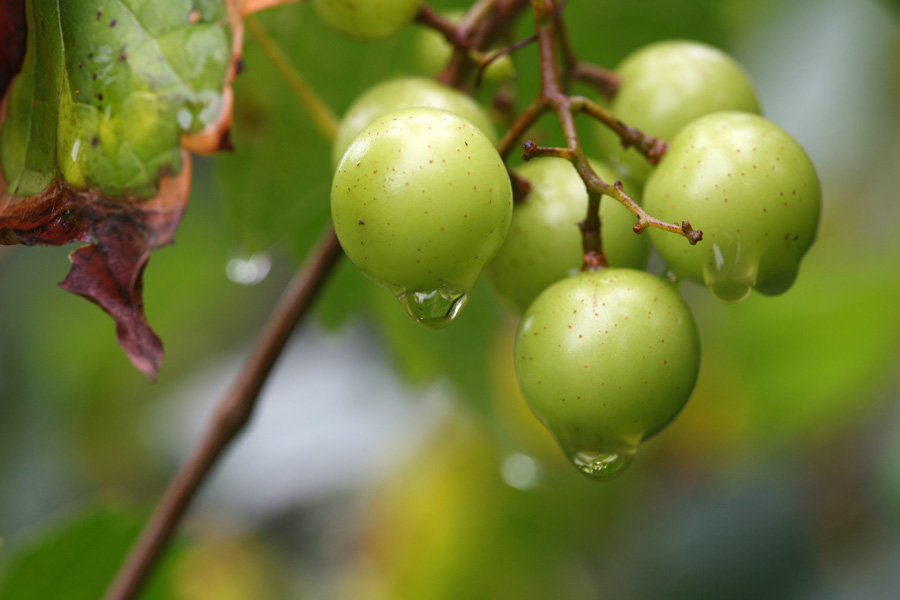
C 949
Home Garden Muscadines
Muscadines are truly a fruit for the south. Although muscadines can be grown successfully in most parts of the state, they are best adapted to the Piedmont and Coastal Plain areas.
Bob Westerfield
|
-

C 1202
Connecting People and Plants
Consumer horticulture touches all our lives, whether in a bustling downtown area, the open countryside, or anywhere in between. Consumer horticulture supports human health, community beautification, environmental stewardship, local food, and more. Consumer horticulture benefits us when we tend a container garden, visit and play in a park or public garden, and grow plants indoors or outdoors.
Sheri Dorn
|
-
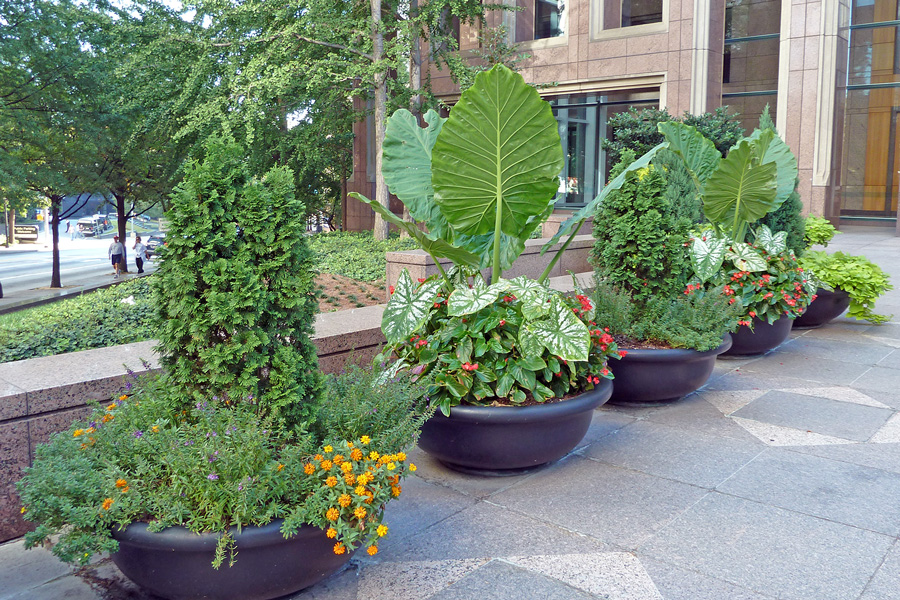
This publication offers information on types of plants suitable for mixed containers, with an emphasis on perennial and woody species and cultivars, as well as aesthetic qualities, cultural conditions and placement within the container.
Bodie V. Pennisi and Matthew Chappell
|
-
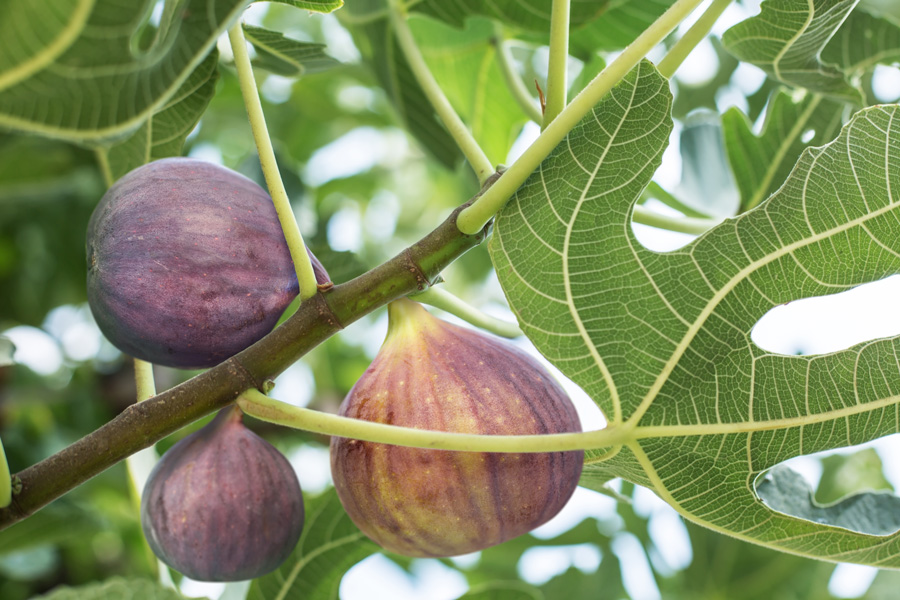
C 945
Home Garden Figs
This resource provides information on how to best grow figs in Georgia. Figs will do well in most parts of Georgia except the mountainous areas.
Bob Westerfield
|
-
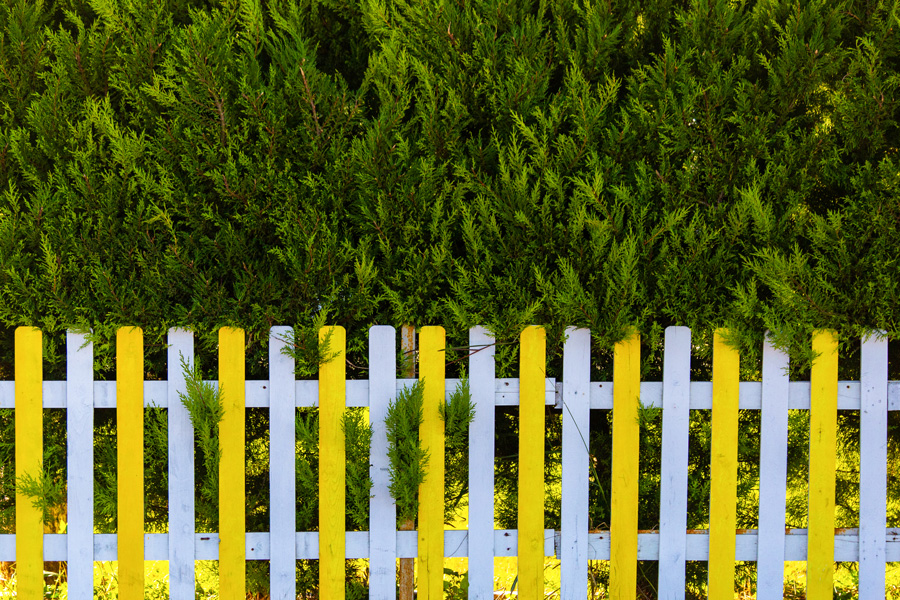
Leyland cypress has become one of the most widely used plants in commercial and residential landscapes across Georgia as a formal hedge, screen, buffer strip or wind barrier. Leyland cypress (x Cupressocyparis leylandii) is a graceful, rapidly growing evergreen tree that is adapted for growth within the 6-10a USDA hardiness zones. Leyland cypress is considered relatively pest-free; however, because of its relatively shallow root system, and because they are often planted too close together and in poorly drained soils, Leyland cypress is prone to root rot and several damaging canker diseases, especially during periods of prolonged drought. Disease management is, therefore, a consideration for Leyland cypress.
Jean Williams-Woodward and Alfredo Martinez
|
-
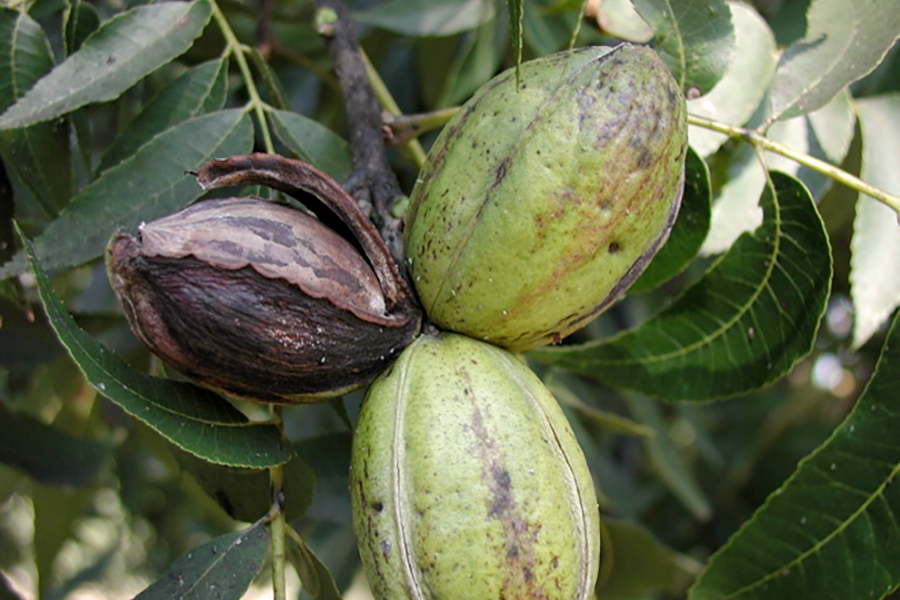
Some of the more difficult-to-diagnose pecan disorders include nutritional imbalances, nutrient deficiencies, or environmentally induced disorders. Some nutrients may be more available than others on certain soil types and under certain soil conditions, and complex interactions often occur between nutrients. This resource explains to pecan growers what to look for and how to handle these issues.
Lenny Wells
|
-

The plants and gardens that we tend matter for our personal health. They can enhance our homes, making them a haven for rest and well-being. They provide much-needed exercise, nutrition, and diversion while also providing the space to make important community connections.
Sheri Dorn
|